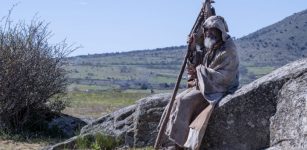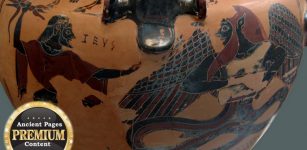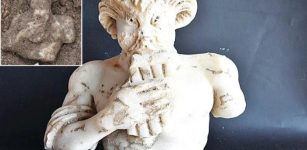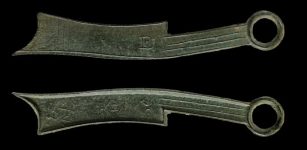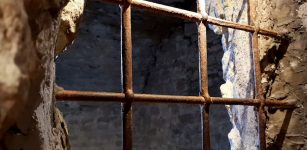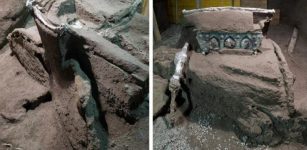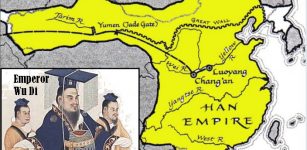Evidence Of An Ancient Roman Oracle Cult Found In Ostia, Italy
Jan Bartek - AncientPages.com - Archaeologists at the Ostia Antica Archaeological Park have made remarkable new discoveries while preparing an area for visitors. Ostia, the ancient port city of Rome, played a crucial role in trade and served as the main base for the Roman navy.
Credit: Ministry of Culture
A substantial quantity of artifacts emerged during the excavation of a well located at the Ostia Antica Archaeological Park in front of the steps of the Temple of Hercules, approximately 3 meters deep and still filled with water. The Ministry of Culture announced in a press release that these finds, mostly dating back to the end of the 1st and 2nd centuries AD, were exceptionally well-preserved due to the oxygen-deprived mud in which they were submerged.
Credit: Ministry of Culture
Various types of ceramics, including miniature pieces, lamps, fragments of glass containers, marble fragments, burnt animal bones, and peach stones, were among the discoveries. These artifacts were likely used in specific sacred rituals within the archaeological area, providing valuable insights into ancient Ostia's religious practices and daily life.
Recent archaeological discoveries were made in the Sacred Area, a significant sanctuary in Ostia dating back to the 3rd century BC. This area was constructed near the Aqua Salvia spring, along the ancient route known as the Via della Foce.
Credit: Ministry of Culture
The complex was dominated by the imposing temple of Hercules and housed two other minor cult buildings: the temple of Tetrastyle (or Aesculapius) and the temple of the Round Altar. Within this sacred precinct, priests would foretell the outcomes of military expeditions to generals preparing for campaigns. It served as an oracular cult site where divinations were performed.
See also: More Archaeology News
"Ostia Antica is a marvel. It represents one of our nation's most important archaeological sites, within which there are great values and, above all, a great history – the history of ancient Rome. Currently, there are many active excavations in Italy. In the Budget Law, we wanted to refinance excavation activities because they need to be protected and enhanced consistent with Article 9 of the Constitution.
I congratulate those working on these excavations and those who allow very important testimonies to be brought to light, which are the identity geography of our Nation," declared the Minister of Culture, Gennaro Sangiuliano said.
Written by Jan Bartek - AncientPages.com Staff Writer




